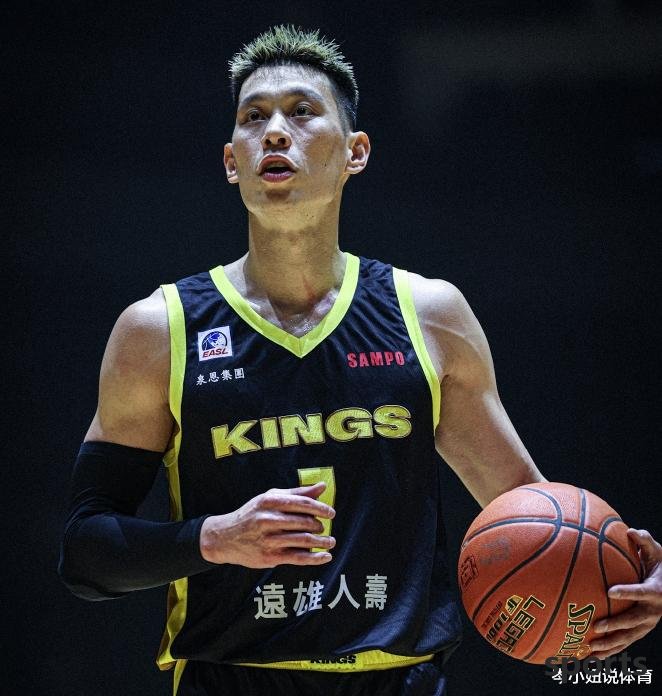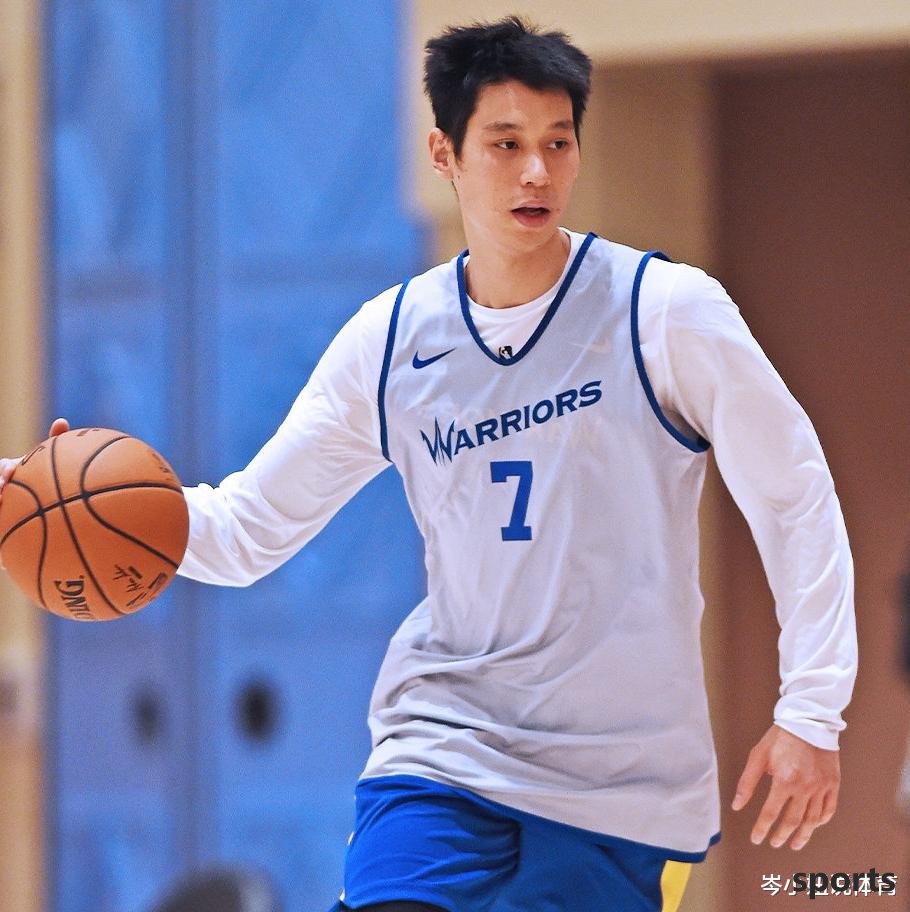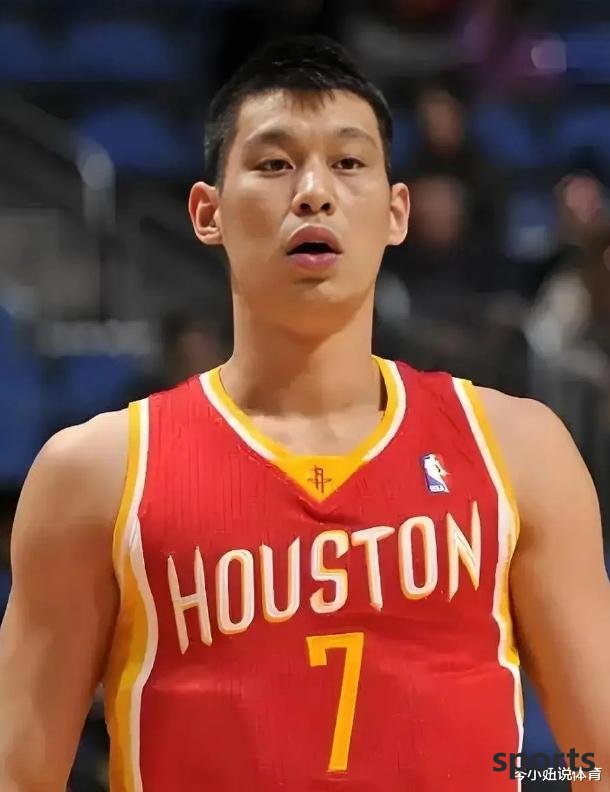Although Lin Cengkuang is a classic in NBA history, Jeremy Lin is a short-lived player after all
2:43pm, 22 May 2025Basketball
On May 22, in February 2012, an unknown Chinese defender set off a "Linsanity" storm that swept the world in the New York Knicks. Jeremy Lin, the Harvard-graduated undrafter, jumped from the end of the bench to the hottest star in the NBA in just two weeks, creating the most legendary counterattack story in modern basketball history. However, when we extend the timeline to our entire career, we have to admit that "Lin Crazy" is more like a meteor passing through the night sky - dazzling but fleeting, and the reasons behind this are worth in-depth discussion.

**1. The birth of a miracle: the perfect intersection of time, place, and people**
Lin's crazy phenomenon is by no means accidental, but the result of the joint action of multiple factors. The Knicks are in a quagmire in the 2011-12 season: core player Stoudemire missed many games due to the death of his elder brother, Anthony and Chandler were injured one after another, and head coach D'Anthony's running and shooting system urgently needs a point guard who can control the rhythm. Before the game against the Nets on February 4, the Knicks had a record of only 8 wins and 15 losses, and was on the verge of collapse. At this time, Jeremy Lin was ordered to start and scored 25 points and 7 assists. Then he made a move out of control - he scored 28 points and 8 assists against the Jazz, and won 23 points and 10 assists against the Wizards. He also scored 38 points in front of Kobe, leading the team to win seven consecutive victories.
Behind this legend there is a subtle tactical adaptability. D'Antoni's system relies heavily on the point guard's pick-and-roll decision-making ability, and the high basketball IQ that Jeremy Lin tempered at Harvard's time just fits this need. Data shows that during Lin Crazy, his pick-and-roll ball-holding offense scored 0.98 points per game, exceeding 85% of the league's players at that time. More importantly, the opponent knows almost nothing about his technical characteristics, and this information gap creates a short-term competitive advantage.

**2. Rising and declining: The dilemma from phenomenon to normalization**
With the introduction of targeted defensive strategies of each team, Jeremy Lin's magic began to fade. The game against the Pistons on March 24, 2012 became a turning point. Facing strict defense, he made only 3 of 12 shots in the game, making 6 mistakes. Professional scout report shows that the opponent has begun to adopt the strategy of "strong side pressure + weak side assisting defense" to target his weaknesses in the lack of ability to break through with non-usual hand (left hand). In the second half of the season, his real shooting percentage plummeted from 59% at his peak to 51%, and his assist-and-turnover ratio also worsened from 2.8 to 1.9.
Injuries became another insurmountable obstacle. In the first round of the 2012 playoffs, Jeremy Lin was reimbursed for a meniscus torn on his left knee. This seemingly ordinary sports injury laid a long-term hidden danger. After switching to the Rockets, his explosive power has dropped significantly, and he suffered from back spasms during the 2014-15 season. Sports medicine experts point out that the muscle type of Asian players (lower proportion of fast muscle fibers) makes them more vulnerable to high-intensity confrontation in NBA, and this physiological difference is often ignored by public opinion.

**3. The misalignment of cultural symbols and competitive reality**
The social significance of the forest crazy phenomenon far exceeds the scope of sports. As the first Chinese-American player to enter the NBA after 1953, Jeremy Lin broke the stereotype of "Asians are not good at sports", and Time magazine named him "Top 100 Influential Person of the Year". But the overly politicized label becomes a burden - the Rockets once asked him to deliberately increase his ball-holding offense to meet market expectations, and this arrangement that violates the technical characteristics has led to a plunge in efficiency. During the Nets' period in 2016, although he developed a stable three-pointer (37% shooting percentage), his natural shortcomings on the defensive end (18% of the league's lateral movement speed) were still unable to improve.
**4. The survival rules of professional players: the short-lived deep logic**
Compared with the second-line point guards at the same time, Kyle Lowry transformed into a defensive player through muscle building, George Hill developed the unball running technology, while Jeremy Lin's technical iteration has never broken through the bottleneck. NBA survival experts analyzed that the career of role players lasted on average 4.8 years, and Jeremy Lin had overdue completion of the task after nine seasons. His experience of traveling to eight teams just confirms the cruel screening mechanism of modern NBA for functional players - either having irreplaceable special skills (such as three-point shooting and defensive gate), or having all-round skills, and these two points are Jeremy Lin's shortcomings.
**5. Legacy and Inspiration: The Meaning of Beyond Basketball**
Although his career opened high and ended low, Jeremy Lin's influence continued to ferment. The offensive concept he promoted by "three points + basket" (three points accounted for 43% of the Raptors' period in 2019) inspired latecomers; the youth training camp he founded has trained many NCAA players. More importantly, he proved that the yellow guard can also gain a foothold in the NBA - the Warriors signed the cousin of Jeremy Lin, Jeremy Lin, a cousin of Development League player Jeremy Lin in 2016, which is to some extent the continuation of this demonstration effect.
Looking back at this legend, Lin Crazy's brief blooming is just like the "quantum tunneling effect" in quantum physics - particles that break through the barrier under specific conditions will eventually return to their true state. But this does not diminish its value at all: In the NBA, the world's highest basketball hall, Jeremy Lin spent two weeks rewriting the script of racial narrative. The significance of this cultural breakthrough may be more profound than any championship ring. As he said in his memoir: "People always ask me if I regret not retiring at my peak, but the real courage is not a freeze-forming myth, but to continue moving forward after accepting the ordinary. " This story spans ten years, finally ended when I won the championship with the Raptors in 2019. Although I did not appear in the finals, the ring seemed to be a metaphor of fate: legends do not have to be eternal, moments are eternal.
Related Posts
- 33 wins and 6 losses! Please give the ball to Harden, Tyron Lue talks about the Clippers tactics and give him the leader s treatment
- Tyson Chandler talks about Doncic: I call him Luca Magician, I can always do unprecedented moves
- Kumingga believes that the Warriors suppress his ambitions, and if the Warriors give in, he is willing to give in.
- Three games hit 62+44! Still the strongest inside line of the Chinese men s basketball team
- Former NBA Clippers forward Kofi joins the Bucks
- Tielin: Even though I am a three-point shooter, I still like DeRozan&KD&Middle distance of small cards
- The big victory was 34 points without any solution! Jokic s chance to win the European Championship: 22-year-old star rises to become a perfect match
- Lake Record: Trail Blazers ask Kamala for 2 first rounds, and may not look down on the quotation of Kneckett +1 first round
- A list of the worst NBA trade decisions in 20 years to date: The Nets lost Harden!
